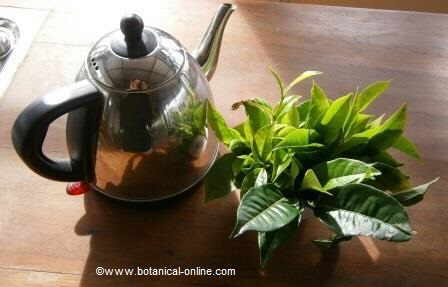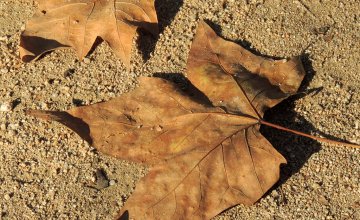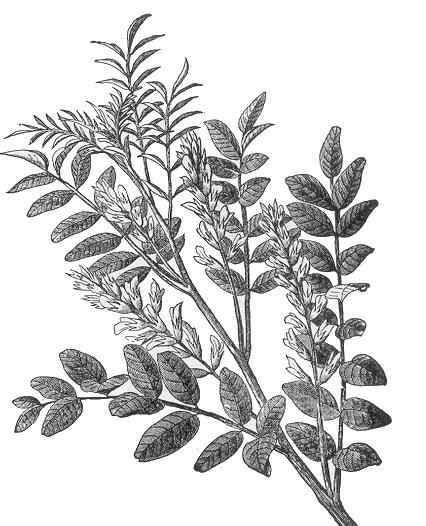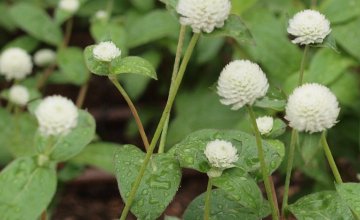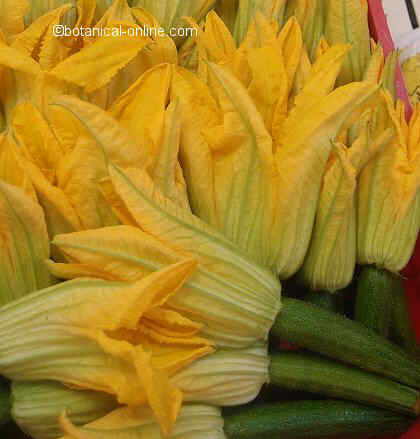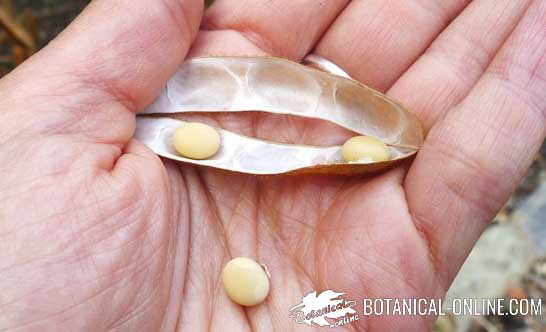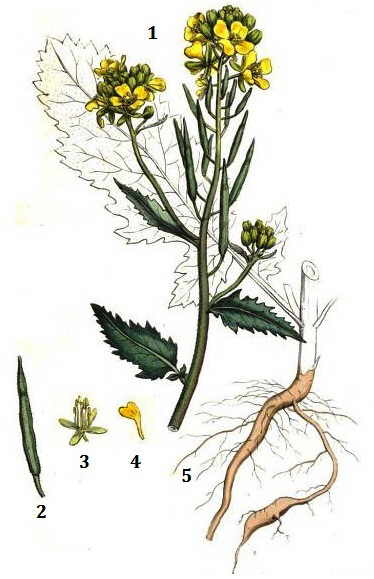Contents [show]
Main currant pests and diseases
 Currants. Plagues and diseases
Currants. Plagues and diseases
Main currant diseases
Among the major diseases affecting the currants we have the following:
- Powdery mildew: A fungal disease that covers leaves with a patina of white powder. This disease causes the twisting of leaves, buds deformation and lack of flowering. Gradually, the plant is weakened and ends up dying.
Spraying the plants with fungicide and avoiding overhead irrigation would be the most important tips to treat this pest. Consider applying a treatment in winter and another in early spring, especially in wet 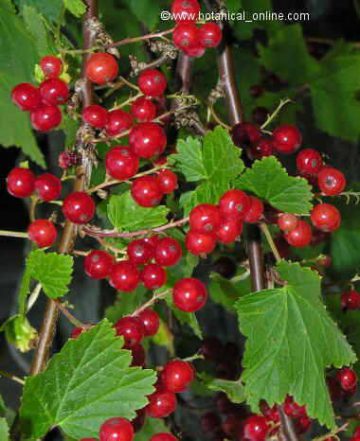 weather because moisture favors mold growth. It cut The affected parts should also be cut and disposed of in order not to infected the healthy plants.
weather because moisture favors mold growth. It cut The affected parts should also be cut and disposed of in order not to infected the healthy plants.
- Currant anthracnose: It produces brown spots on the leaves that are spreading and then an attack to the entire plant that loses its leaves and dies. It is important to apply a suitable fungicide treatment early in the disease to prevent spreading. It occurs especially in hot and dry weather.
- Currant Rust: This is another fungus that appears in summer. It shows up as yellow spots that turn red. Red-orange points can also be seen. They are the spores of this fungus. The disease causes the weakening of the plant and leaf malformation. Use a suitable fungicide in the first symptoms of the disease.
- Blackberry chlorotic ringspot virus: (BCRV) is the disease most feared and the most dangerous as it can cause the total destruction of the plant. It is endemic in Europe, mainly affecting blackcurrants and more rarely redcurrants. It is manifested by the production of few leaves on stunted plants that appear bent. There is no solution once plants are infected. All you can do is to prevent this by means of planting disease secured specimens. It is desirable to change the location of the plantation every 10 years. Due to the presence of this disease in Europe, it is forbidden to export material from this continent to the United States.
- White pine blister rust: Although currants do not suffer this disease, they are carriers of this fungus that wreaks havoc on a number of pines. It is a fungal disease caused by fungi of the genus Cronartium, in the pines. It is is manifested in the form of blisters caused by the expansion of fungi in the bark and sap. This is the reason why in many places where pines are exploited, it is prohibited the cultivation of currants.
Main currant pests
Major pests of currants are the following:
- Aphids: They feed on plant sap weakening or transmitting diseases.
- Red spiders: The genus Tetranychida are responsible for the destruction of many leaves.
- Coleoptera: Many small beetles place eggs on the stems. At birth the larvae bore into the stems and placed inside where they will remain until next season. If not treated properly, can cause an infection that can kill all plants.
- Caterpillars: The caterpillars of some butterflies can devour the leaves. You must apply the appropriate insecticide. Other butterfly larvae, as the Sesia, burrow into the stems. You need to cut and burn affected stems to stop the infection.
- Birds: They are a major pest when producing the fruits that are attracted to these. It is recommended to cover the plants with netting. Some birds eat the young shoots in late winter. In this case you can place objects to scare as plastic bags that move with the wind, CDs, hanging pots, tapes, etc.
![]() More information on currants
More information on currants
This article was endorsed by Julián Masats - Technical agricultural engineer specialized in horticulture and gardening.

